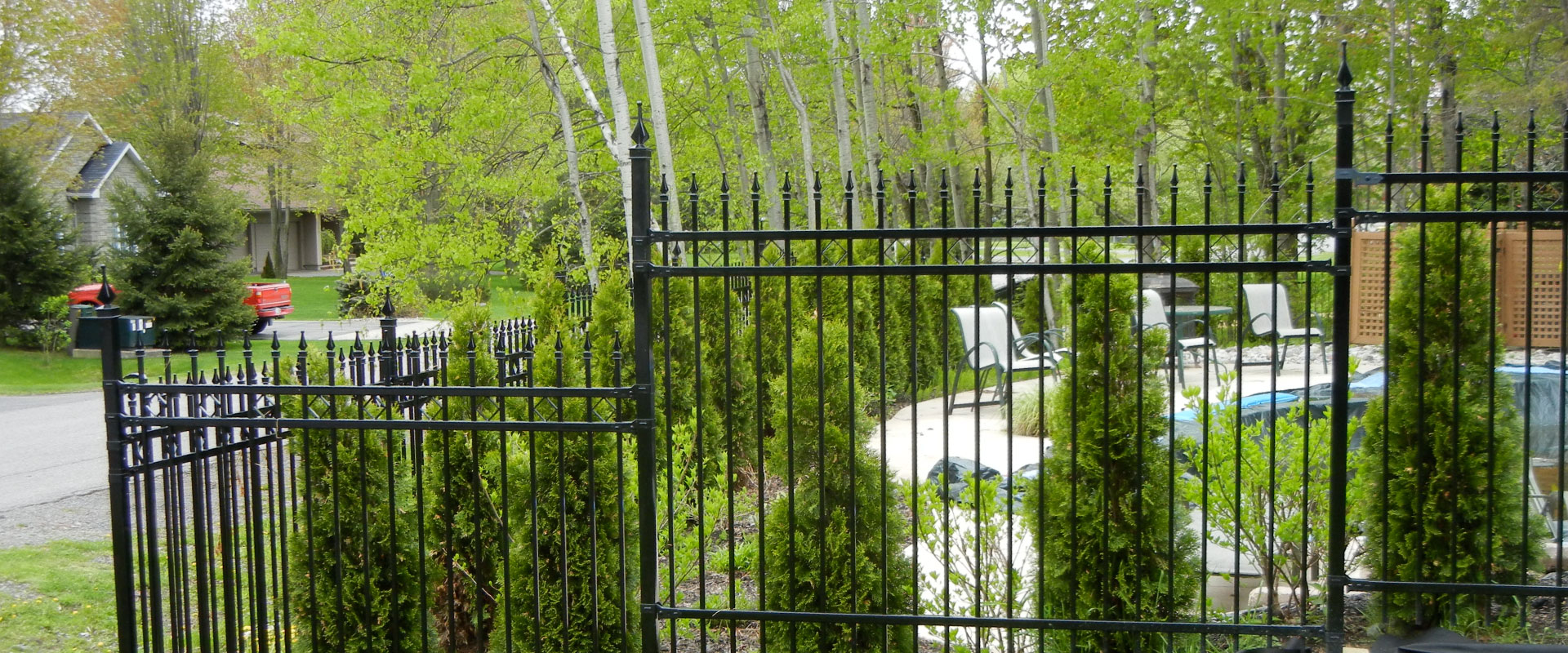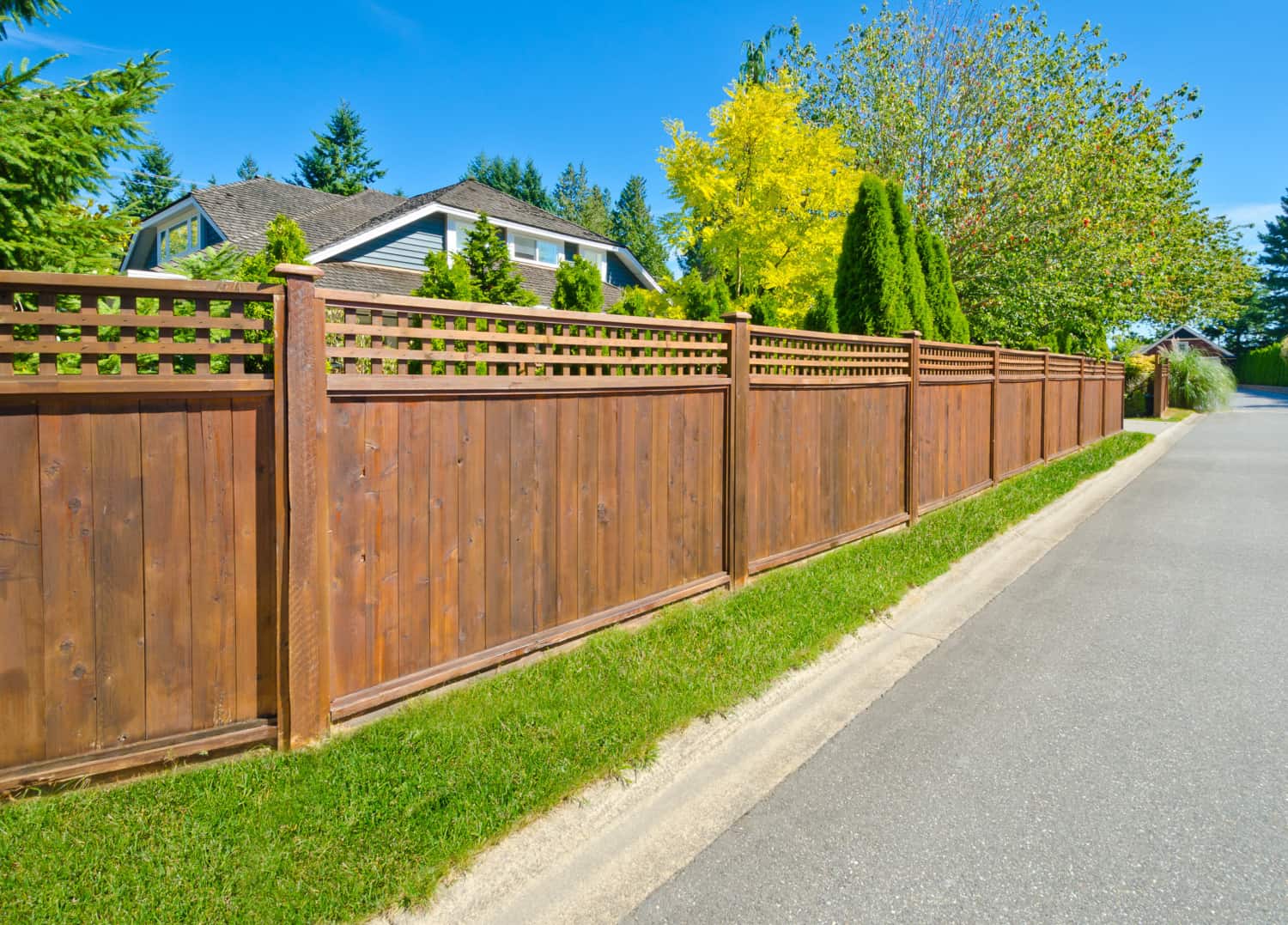All Categories
Featured

As property owners and services alike become a lot more environmentally mindful, discovering lasting and eco-friendly secure fencing materials is an essential factor to consider. Whether you're wanting to develop a fencing for privacy, security, or visual allure, selecting materials that decrease your ecological impact can assist safeguard the earth. In this blog post, we will certainly discover several green fencing choices, each offering unique advantages for your property and the setting.
- Bamboo Secure Fencing: A Renewable Resource. Bamboo is extensively recognized as one of the most eco-friendly and lasting fence products offered today. As a turf as opposed to a tree, bamboo grows swiftly and can get to full maturation in simply 3 to 5 years, making it an extremely renewable energy.
Environmental Benefits: Bamboo takes in extra carbon dioxide than many other plants, helping counter greenhouse gases. Additionally, bamboo requires very little chemicals and fertilizers, making it a much healthier alternative for the atmosphere. Toughness: Properly treated bamboo is immune to parasites and moisture, implying it can hold up against the aspects better than other wood choices. Visual Appeal: Bamboo offers a clean, contemporary look that functions well with different landscaping styles, from exotic yards to contemporary urban layouts. While bamboo fence is resilient, it does call for appropriate care to keep its longevity, such as routine cleansing and periodic sealing.
- Recycled Wood Fencing: Granting New Life to Old Products. Recycled timber is an excellent environment-friendly option for those that desire the natural appeal of timber fencing without adding to deforestation. This material is usually sourced from old structures, pallets, or other repurposed timber products, reducing the need for freshly collected timber.

Ecological Benefits: Making use of redeemed timber helps in reducing the need to reduce down brand-new trees and can additionally prevent important products from finishing up in land fills. Resilience: Depending on the kind of wood and treatment it receives, recycled wood fences can be equally as sturdy as new wood, particularly if maintained effectively with sealants and weatherproofing. Aesthetic Charm: Recycled timber fences lug a rustic beauty and can be tarnished or painted to fit your personal style. The major consideration with recycled wood is its upkeep. With time, timber can become vulnerable to rot, insect damage, and weathering, so normal maintenance is needed to expand the life of your fencing.
- Metal Fence: Recyclable and durable. Aluminum and steel fencing, especially when sourced from recycled materials, supplies a solid, environment-friendly option to typical timber secure fencing. These metals are 100% recyclable, suggesting they can be repurposed forever without losing high quality.

Ecological Advantages: Steels like aluminum and steel minimize the demand for new mining and raw material extraction, both of which have significant environmental impacts. Furthermore, reusing metals requires less energy contrasted to producing new metal from resources. Durability: Metal fences are unbelievably strong, resistant to weathering, and call for little maintenance contrasted to timber alternatives. Aesthetic Charm: Steel fences can be created in smooth, contemporary designs, or even more standard looks, providing versatility for any type of building. While metal fencings are durable and low-maintenance, they are not as efficient at giving privacy compared to timber or vinyl choices due to the rooms in between the bars or slats.
- Living Fencings: All-natural and Eco-friendly. Living fences, made from thick bushes, hedges, or trees, provide a natural and eco friendly alternative to traditional secure fencing. Not only do they create a personal privacy obstacle, however they additionally add to the environment by sustaining wild animals and enhancing air top quality.
Ecological Benefits: Living fences take in co2, boost soil top quality, and provide environments for birds and other wild animals. In addition, they reduce sound pollution and enhance air top quality by filtering pollutants. Resilience: While living fences require more upkeep than various other materials (e.g., trimming, watering), they can be unbelievably resilient if properly maintained. Visual Allure: Living fences create a lovely, all-natural border that enhances the landscape and provides a unique and organic appearance compared to standard fencing alternatives. The crucial drawback of living fences is that they need ongoing upkeep and treatment, consisting of routine trimming and pest control.
- Hemp Fencing: Sustainable and strong. Hemp is a eco-friendly and fast-growing plant that can be made use of to produce solid, eco-friendly fence. Hemp fence is made from natural hemp fibers, which are durable, biodegradable, and resistant to parasites.
Environmental Advantages: Hemp proliferates and calls for little water or chemicals. It additionally helps sequester carbon, decreasing greenhouse gases in the atmosphere. When the fencing is no more required, hemp is eco-friendly and can be composted. Sturdiness: Hemp is normally immune to mold and insects, which helps it hold up against different weather and prevent making use of extreme chemicals. Sustainability: Hemp farming is much less resource-intensive contrasted to other plants and aids maintain dirt wellness with plant rotation. Hemp fencings are a reasonably new alternative on the market, and they might not be as commonly offered as various other products. Furthermore, they may not be as generally used for high-security applications.
Final Thought: Pick Eco-Friendly Fence for a Lasting Future. There are lots of eco-friendly fencing materials to think about, each offering special benefits for your building and the environment. Whether you select bamboo, recycled wood, metal, living fencings, or hemp, each option enables you to develop a beautiful and functional boundary while decreasing your environmental impact. By selecting lasting materials, you add to a greener future and support the growing activity toward liable construction and landscape design methods.
Latest Posts
Grab Limited-Time Auto Repair Specials in Chicago at Montclare Auto Repair
Published Jun 01, 25
1 min read
Discover Budget-Friendly Auto Repairs with Montclare’s Monthly Service Specials
Published May 24, 25
1 min read
Explore the Top Auto Repair Discounts in Montclare, Chicago
Published May 24, 25
1 min read
More
Latest Posts
Grab Limited-Time Auto Repair Specials in Chicago at Montclare Auto Repair
Published Jun 01, 25
1 min read
Discover Budget-Friendly Auto Repairs with Montclare’s Monthly Service Specials
Published May 24, 25
1 min read
Explore the Top Auto Repair Discounts in Montclare, Chicago
Published May 24, 25
1 min read